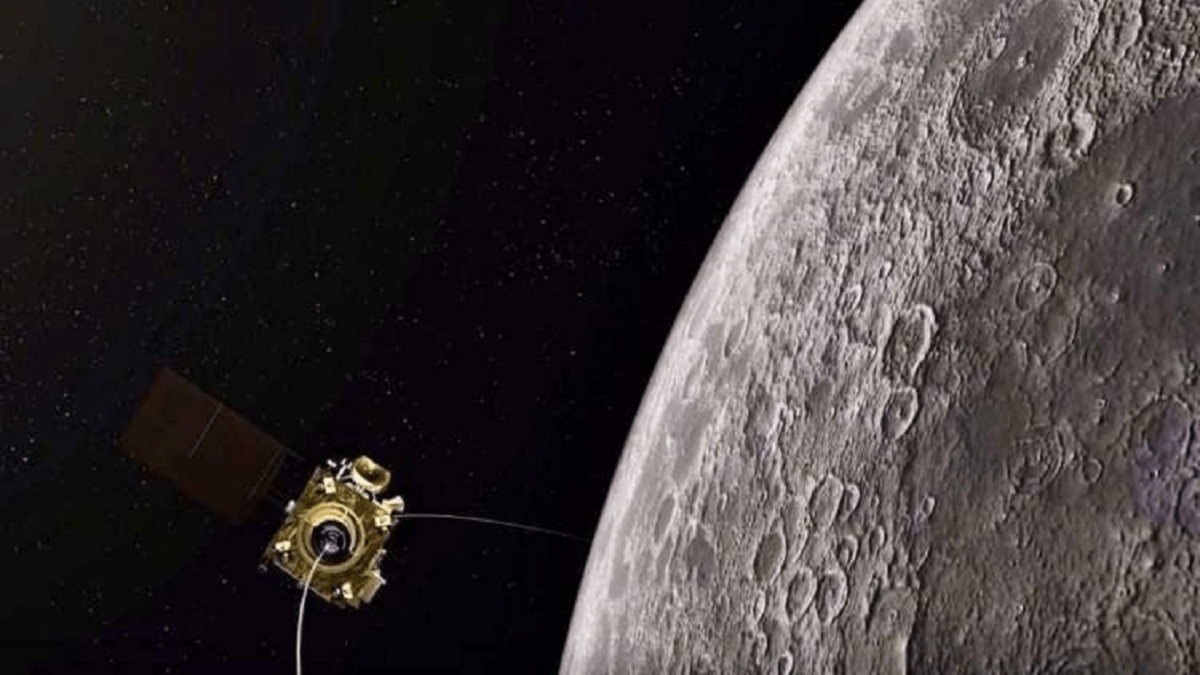India’s Chandrayaan-2 moon mission may have made a hard landing on the lunar surface in 2019, but the orbiter accompanying it has been providing useful information to scientists back on Earth. A research paper revealed that the Chandrayaan-2 orbiter confirmed the presence of water molecules (H2o) and hydroxyl (OH) on the surface of the moon. The findings were published in the journal Current Science.
“The initial data analysis from IIRS clearly demonstrates the presence of widespread lunar hydration and unambiguous detection of OH and H2O signatures between 29 degrees north and 62 degrees north latitude. The discovery was made by the orbiter’s imaging infrared spectrometer (IIRS).
About the Mission:
- The Chandrayaan-2 mission was launched by the Indian Space Research Organisation (Isro) in July 2019. But Vikram lander on-board the mission crash-landed on the lunar surface just 2.1 km from its destination in September that year.
- Chandrayaan-2 was launched with the aim of mapping the variations in lunar surface composition, as well as locating and studying the surface of the Moon for the presence of water.
Important takeaways for all competitive exams:
- ISRO Chairman: K.Sivan.
- ISRO Headquarters: Bengaluru, Karnataka.
- ISRO established: 15 August 1969.






 States and Capitals - How Many States in...
States and Capitals - How Many States in...
 Namrata Batra Makes History, Reaches Wus...
Namrata Batra Makes History, Reaches Wus...
 Top-10 Happiest States in India in 2025,...
Top-10 Happiest States in India in 2025,...

